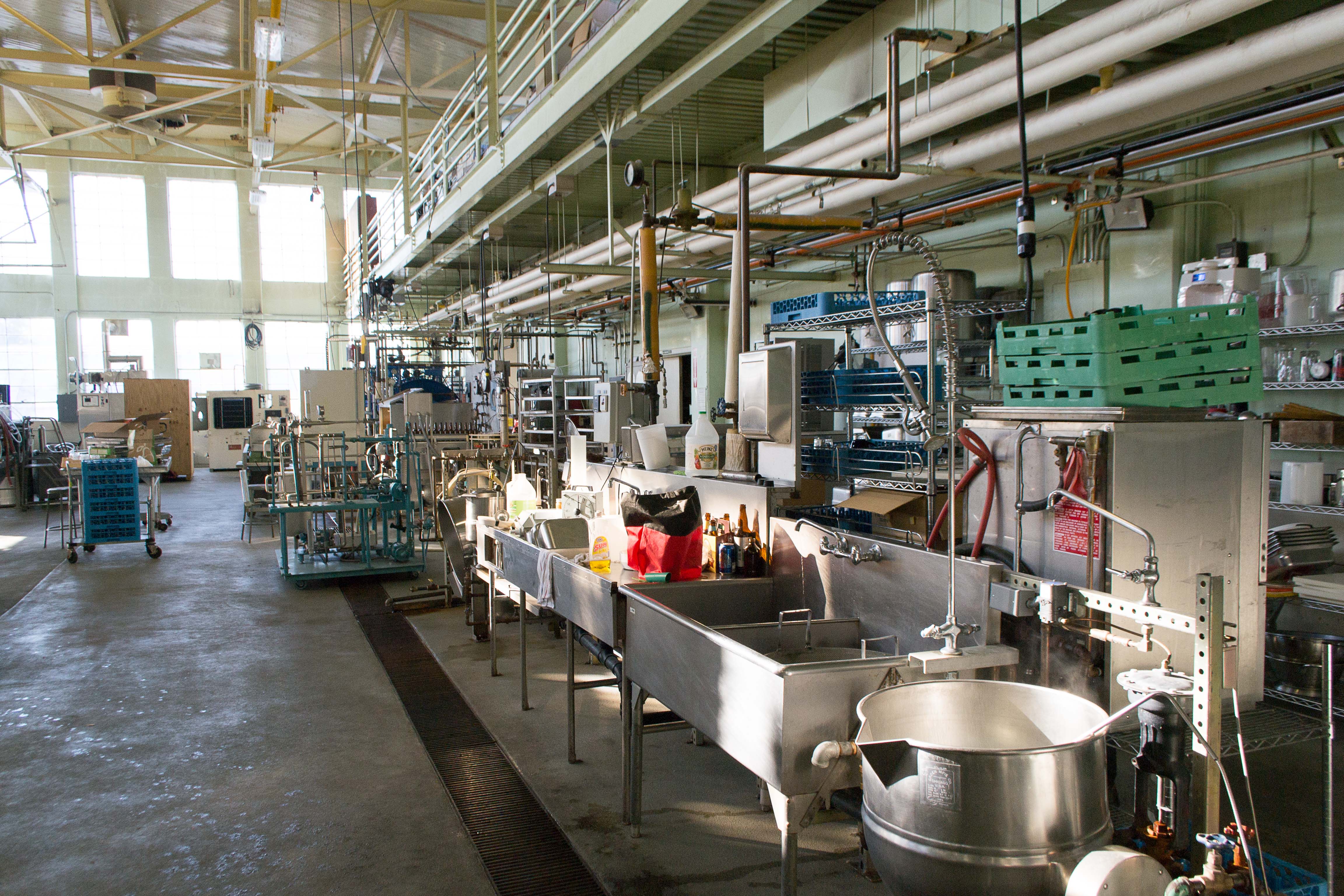
Photo from academic.microsoft.com
The total lipid content and lipidic profile of seaweeds harvested in the North Coast and purchased in Portugal were determined in this paper. The amount of total lipids in the… Click to show full abstract
The total lipid content and lipidic profile of seaweeds harvested in the North Coast and purchased in Portugal were determined in this paper. The amount of total lipids in the different species of seaweeds varied between 0.7 ± 0.1% (Chondrus crispus) and 3.8 ± 0.6% (Ulva spp.). Regarding the fatty acid content, polyunsaturated fatty acids (PUFA) ranged between 0–35%, with Ulva spp. presenting the highest amount; monounsaturated fatty acids (MUFA) varied between 19 and 67%; and saturated fatty acids (SFA) were predominant in C. crispus (45–78%) and Gracilaria spp. (36–79%). Concerning the nutritional indices, the atherogenicity index (AI) was between 0.4–3.2, the thrombogenicity index (TI) ranged from 0.04 to 1.95, except for Gracilaria spp., which had a TI of 7.6, and the hypocholesterolemic/hypercholesterolemic ratio (HH) values ranged between 0.88–4.21, except for Gracilaria spp., which exhibited values between 0.22–9.26. The n6/n3 ratio was below 1 for most of the species evaluated, except for Ascophyllum nodosum, which presented a higher value, although below 2. Considering the PUFA/SFA ratio, seaweeds presented values between 0.11–1.02. The polycyclic aromatic hydrocarbons (PAHs) and aliphatic hydrocarbons (AHCs) contamination of seaweeds under study was also quantified, the values found being much lower than the maximum levels recommended for foodstuff.
Journal Title: Foods
Year Published: 2021
Link to full text (if available)
Share on Social Media: Sign Up to like & get
recommendations!